New Delhi, October 18, 2025 — For the second year running, India has witnessed an above-normal monsoon, with seasonal rainfall totalling 108% of the long-period average (LPA). But this year’s rains tell a more nuanced story: fewer rainy days, but heavier events. Nearly 45% of India’s land area experienced extreme rainfall episodes, underscoring a shifting monsoon regime.
As climate change deepens its imprint on monsoon dynamics, policy makers, farmers, urban planners and disaster managers face sharper trade-offs: whether existing infrastructure and practices can adapt to a more volatile hydrological order.
Monsoon Numbers & Regional Disparities
National & IMD Overview
The India Meteorological Department (IMD) officially pegged the seasonal rainfall at 108% of LPA, matching earlier forecast ranges. ICRA’s report notes that rainfall in September alone overshot norms, helping lift the aggregate.
However, spatial distribution was far from uniform. Subdivisions in the East & Northeast recorded deficits (~80% of their LPA), while Northwest, Central India, and South Peninsula saw surpluses (127%, 115%, 110% respectively).
Extreme Events & Disaster Footprint
Over 2,200 flood / heavy rainfall incidents were recorded nationwide. The toll included 1,528 fatalities across states like Madhya Pradesh, Uttar Pradesh, Himachal Pradesh and Jammu & Kashmir. Punjab, in particular, suffered catastrophic flooding—more than 1,400 villages inundated and over 2.5 lakh acres of farmland submerged.
In Maharashtra, western and northern districts logged surpluses of ~20%. Marathwada and Vidarbha recorded 39% and 14% excess respectively.
The fact that nearly half the landmass saw extreme rainfall amplifies climate risk: more flash floods, saturated soils, erosion, infrastructure stress.
Changing Monsoon Regime: Fewer Days, More Intensity
Decline in Rainy Days, Rise in Intense Bursts
Experts observe that while total rainfall is higher, it is being delivered in concentrated bursts rather than evenly spread. The number of rainy days has shrunk, but daily rainfall intensity has climbed.
These bursts overwhelm drainage, cause flash flooding, and stress agricultural systems. They complicate sowing schedules, nutrient leaching, and crop health.
Climate’s Growing Influence
Many climatologists now see global warming—especially warmer seas and enhanced moisture circulation—as the dominant modulator, overshadowing classical influences like El Niño / La Niña.
Warmer sea surface temperatures in the Arabian Sea and Bay of Bengal elevate evaporation and moisture load. Low-pressure systems linger longer inland, intensifying precipitation bursts.
Meanwhile, western disturbances, traditionally a winter phenomenon, are beginning to influence monsoon events—especially in the Himalayan fringes—disrupting rainfall dynamics.
These evolving patterns demand re-evaluation of how India plans water infrastructure, flood management, and agriculture.
Agriculture, Water & Infrastructure: Stress Tests
Crop & Sowing Risks
While abundant rainfall supports kharif crop growth, intense deluges during sensitive phases (germination, flowering) risk waterlogging, root damage, and pest / disease outbreaks.
ICRA notes that despite surplus rains, yield risks remain due to timing mismatches. Late harvest windows and saturated fields may delay rabi sowing.
Reservoir & Groundwater Recharge
Many basins benefitted: reservoirs and catchments filled, aquifers recharged. But flash runoff, owing to saturated soils, may reduce infiltration efficiency.
Urban Drainage Overload
Cities saw drainage collapse in multiple zones—roads submerged, metro / roads blocked, sewers backed up. Legacy drainage networks, built for older rainfall regimes, are being overwhelmed.
Infrastructure stress is compounded in newer urban zones lacking green buffer or permeable surfaces.
Policy Challenges & Adaptation Paths
- Re-design infrastructure: streets, drains, culverts must be sized for higher intensity floods, not just average flows.
- Urban planning with sponge city designs: retention ponds, green roofs, permeable pavements to absorb flash runoff.
- Catchment-level storage / check dams: buffer flood pulses, regulate flow releases.
- Early warning & real-time monitoring: IoT sensors, radar nowcasting to give lead time.
- Agronomic adjustments: resilient crop varieties, staggered sowing, nutrient management to cope with washouts.
- Climate-smart water accounting: more dynamic reservoir operation, releasing water ahead of expected heavy rains.
- Policy shift: From reactive response to anticipatory governance—pre-positioning rescue, flood zoning, restricting settlement in flood plains.
India must institutionalize climate adaptation as a core part of monsoon planning, not an afterthought.
Voices & Insights
“In the future, the monsoon is not gentle rain — it is coming in concentrated tantrums,” says a senior climatologist.
“We’re watching fewer rainy days but more deluge events — infrastructure will have to catch up fast,” says a water resources planner.
A farmer in Vidarbha noted: “We rejoice at surplus rains, but when fields drown in a single night, the net gain can be negative.”
Disaster management officials warn: “Relief systems are still calibrated for old norms—we need structural upgrades, not just more pumps and sandbags.”
What to Watch Going Forward
- How monsoon 2026 shapes up — will the surplus streak continue?
- Whether IMD updates its forecasting models to weight climate change factors more heavily.
- Infrastructure budgets and update cycles responding to new norms.
- District / state-level flood mapping, retrofits, and enforcement of floodplain regulation.
- Trends in insurance demand, agricultural stress, and migration in flood-prone zones.
Conclusion: Monsoon 2025 as a Climate Bellwether
Monsoon 2025’s above-normal rainfall is a double-edged sword: symptomatic of water abundance but also symptomatic of climate-driven volatility.
This season underlined that average metrics alone no longer suffice. The pulse of India’s hydrology now beats in extremes—flash floods, saturated soils, deluge back-to-back.
The real test lies ahead: whether policy, planning and farmers adapt — not tomorrow, but today.
For in the new climate era, surplus without resilience is fragility masked as abundance.
#Monsoon2025 #ClimateChange #ExtremeWeather #IMD #DisasterRisk #WaterSecurity #FloodResilience


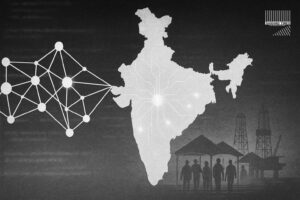








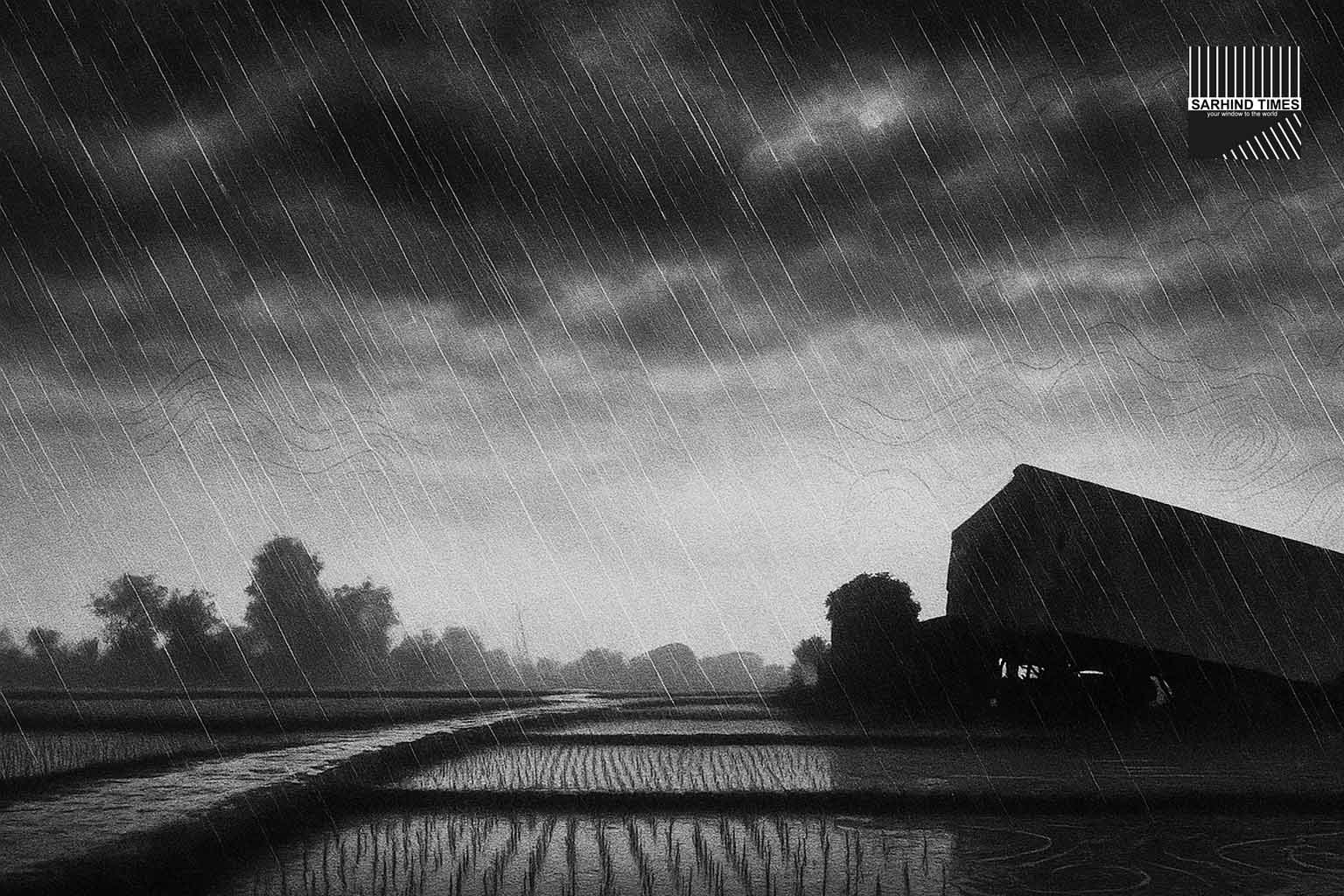
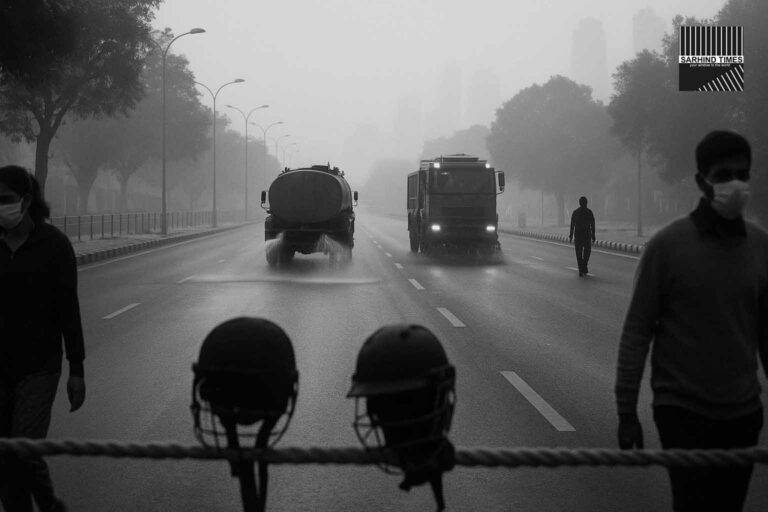




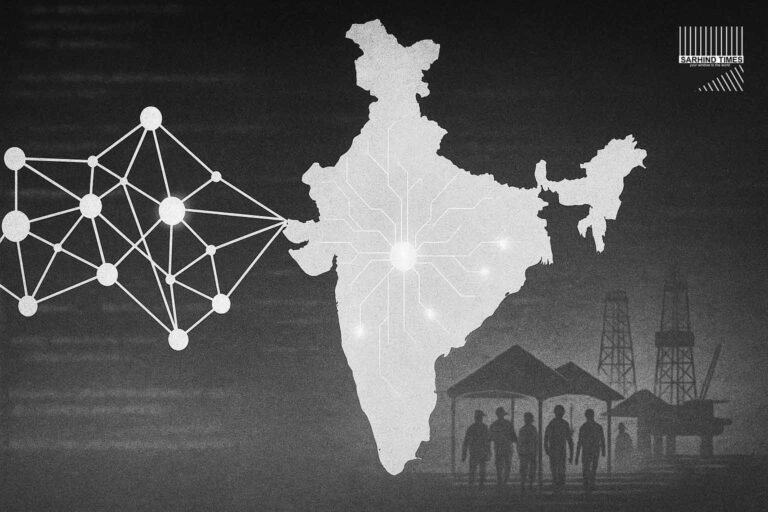



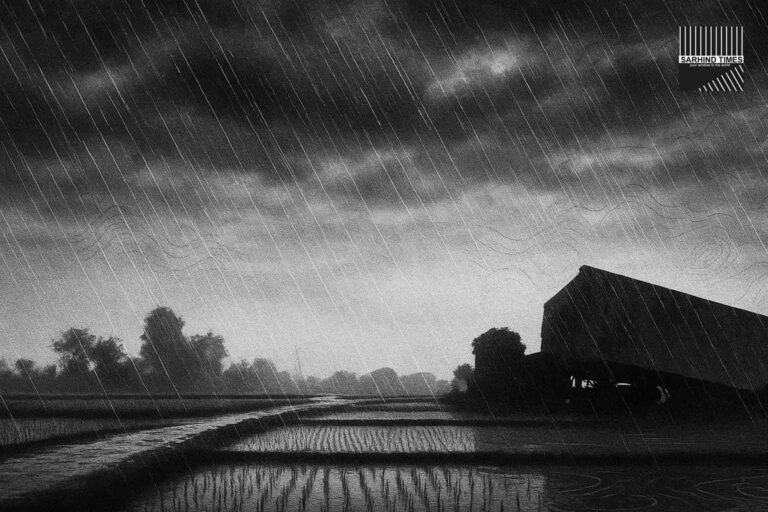

+ There are no comments
Add yours